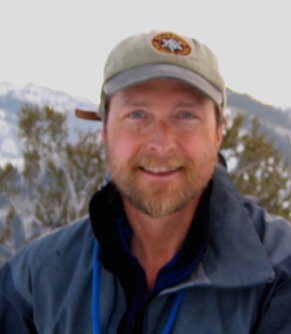Psychology: why you ski the lines you do
Behind every decision you make in life lies a set of shortcuts your brain uses in the seconds it takes you to choose yes or no. In snow sports, these decisions are known as the human factors that can influence an avalanche.
On the slopes, as Powder and People investigates, these decisions can be a matter of life or death. Amie, an avalanche survivor, made the wrong decision that day, because she was wrapped up in how much fun she was having. She was blinded by the good weather, good company, great snow and the whole reason she was out there; to take killer pictures. She said during the aftermath of the accident that she was “shocked that we could make that bad of a mistake you know. You never think that you’re the stupid one. You think that you were educated and safe and cautious and you are going to make the right decisions.”
What made Amie and her party decide to ski that particular run, were these mental shortcuts, known as Heuristic Traps.
Ian McCammon, who’s research lies in heuristic traps within skiing explains “Heuristic is a word that goes back to the Greek. It basically means a simple way to understand something. We use them because they simplify our world in a very profound way.”

McCammon looked at the dozens of heuristic traps that are present in everyday life but particularly the “real devastating heuristics. The kind of thinking that would get us into the biggest trouble” when applying them to decision making in avalanche terrain. These types of heuristics, he explained, are ones that we use unconsciously: “they can lead to financial ruin, they can even lead us to take chances with our lives and the lives of our friends.” Ian looked at 700 avalanche accidents, 500 of them fatal, to find evidence of six heuristics being present. He looked for a correlation between the following heuristic traps, with people taking more risk.
He created an acronym to help people remember them. He calls it F.A.C.E.T.S
As Familiarity came to be the strongest heuristic trap in Ian’s research, he wants to spread a message. That every day is a new day, whatever activity you are. He says “See each day, each time you go out as a brand new scenario. Every time I go out I try to learn something new, even if it’s a place that I’ve been dozens of times.
The most valuable thing I’ve learned? To not let my brain to go sleep, just to pay attention, look at what’s different.”